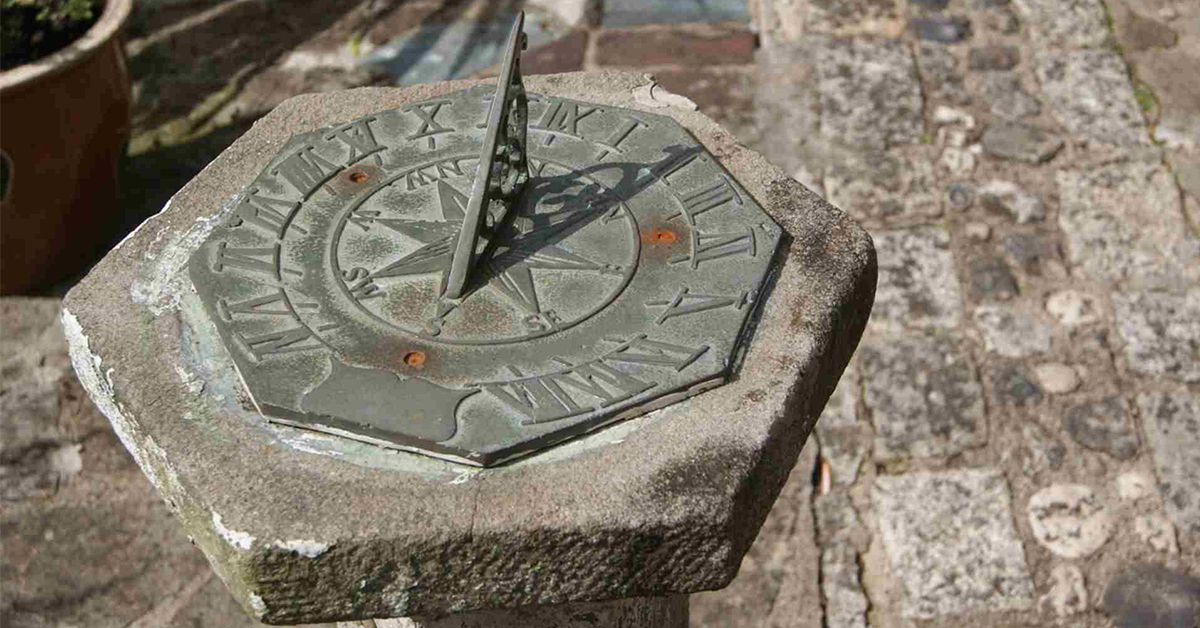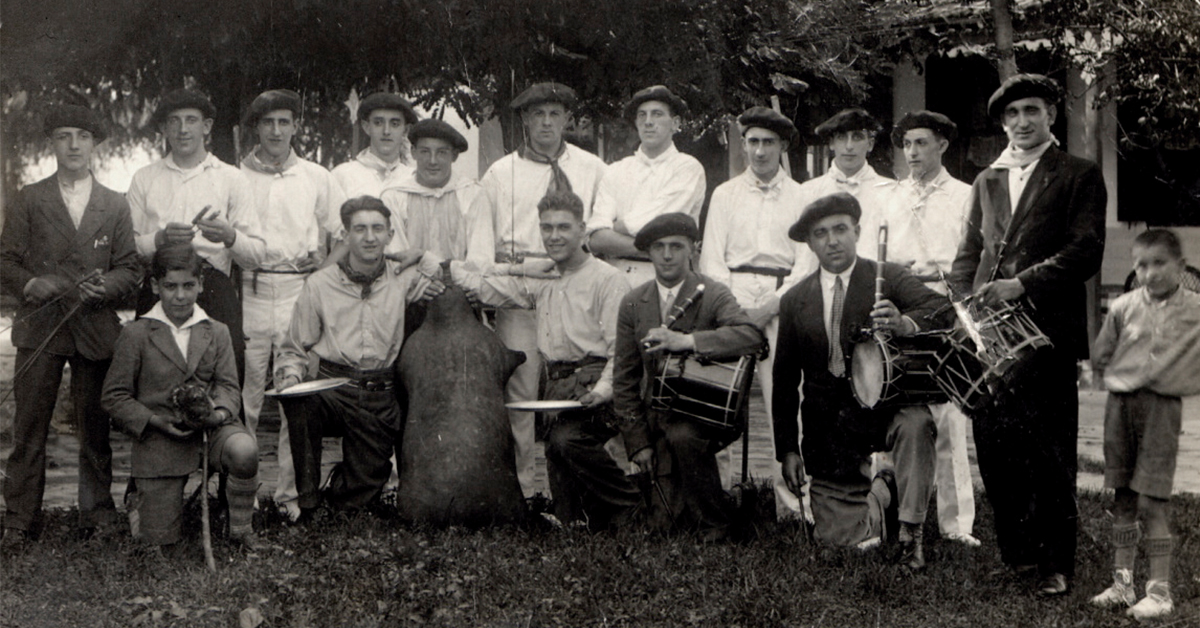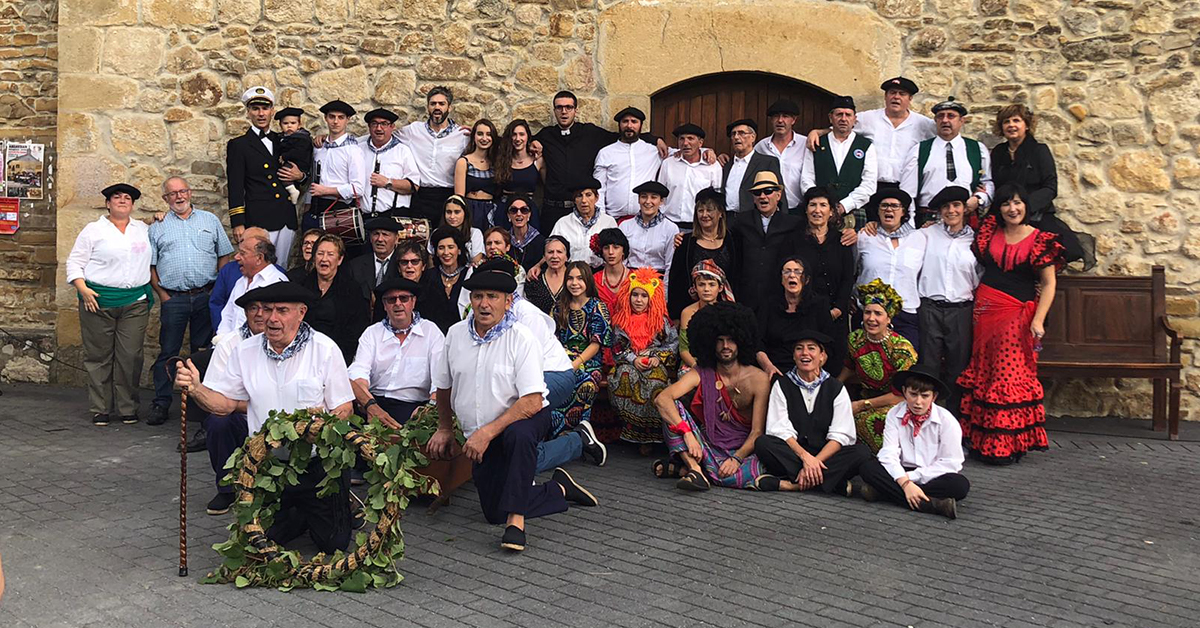Archives
Time was marked by the sun in the rural world. Country folk had no need for a clock and hardly ever used one. Religious festivities marked the work calendar on the land, in the fields. The festivities were related to the harvests, the end of tasks such as threshing, harvesting grapes and other produce…
Some festivities celebrated the universal saints (John, Peter, Michael, Mark) and the origin of others dated back to specific points in time (St. Anthony the Abbot, St. Anthony of Padua, St. Ignatius of Loyola); there were also the major festivities celebrated by everyone (Easter Sunday, Assumption of Mary, St. Joseph’s Day, All Saints) or local saint’s days (Bartholomew, Blaise, Marina). Some of them set the rhythm of the agriculture work.
Wine and the skins used to transport it are a common feature of the country’s festivities. The wineskin gave its name of dances and routes (edate dantza), and is a feature of sung dances or at the centre of the festive celebrations of young people (zaragi mutilek, mutil ardoak, eskotekoak, etc.) where the wineskins are passed around and are the usual way to invite the revellers to drink wine. Therefore, it is not far-fetched to think of the skin inflated with air and drained of wine as a symbol to tell the community that the festive revelry has come to an end and it is time to return to the daily chore.
Anthropologists, ethnologists, ethnographers, folklorists, linguists and historians are just some of the people who have worked on preparing systems to classify and catalogue the plethora of festivities and events on the annual calendar, both in the past and in the present.
While not overlooking the rituality, authenticity, traditionality – along with many other terms ending in ‘-ity’ –, the main contribution should, undeniably, be focused on the recreational diversity, seasonality and timelessness, the historical context, the spatial spheres, the social and cultural aspects, the context, etc.
On 14 September 1889, feast of the Cross, villagers in the neighbourhood of Ariatza (Muxika, Bizkaia) attended mass. After the ceremony, as requested by custom, local lads performed the aurresku —a traditional Basque ceremonial dance—. There used to be a certain rivalry among them: to be the better dancer, the one who lifted his leg higher… Back in the time, the presence of wineskins in places of worship would be considered nothing less than a heresy, and the small square, in front of the church, was as sacred as its interior. The aurreskularis —aurresku dancers— realized that folks who went for a drink of wine, while they danced, would not return to the square, and that the best dancers lost any chance of having a celebratory toast or two with their fellows. To resolve the issue, the mayor was asked to authorize the transfer of the wineskin close to the church, but he refused. Willing to do whatever it took, the young men surrounded his house, preventing him from leaving it, until he finally consented. And neighbours were subsequently able to dispose of the precious wine right next to the church, starting on the eve of the feast until the following Sunday.









